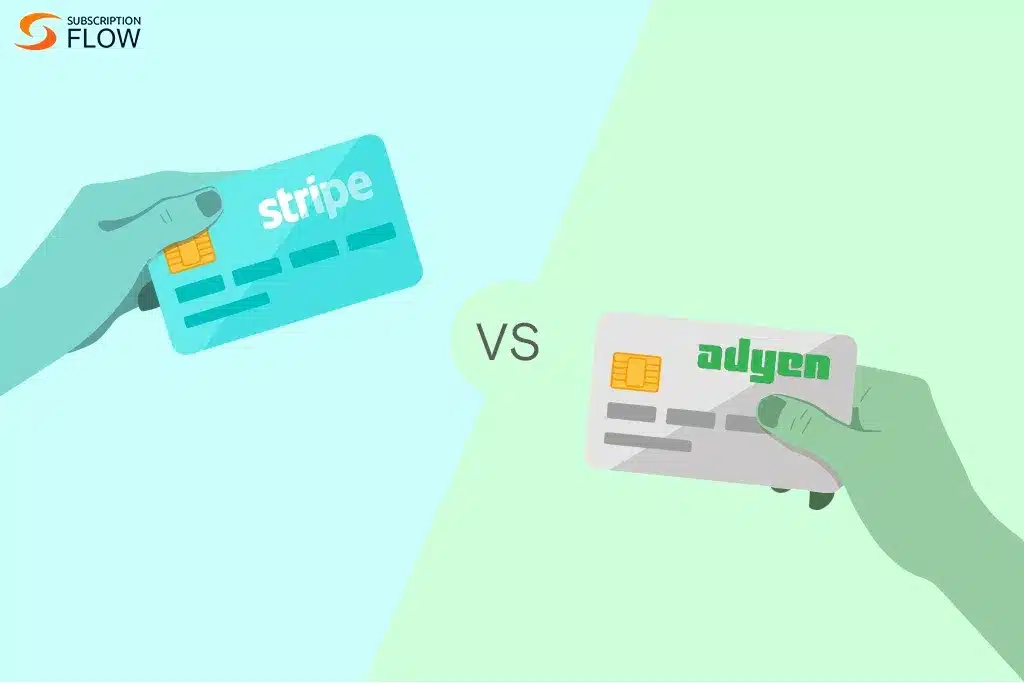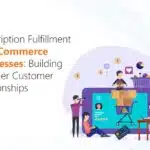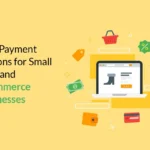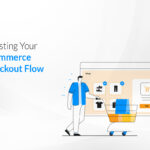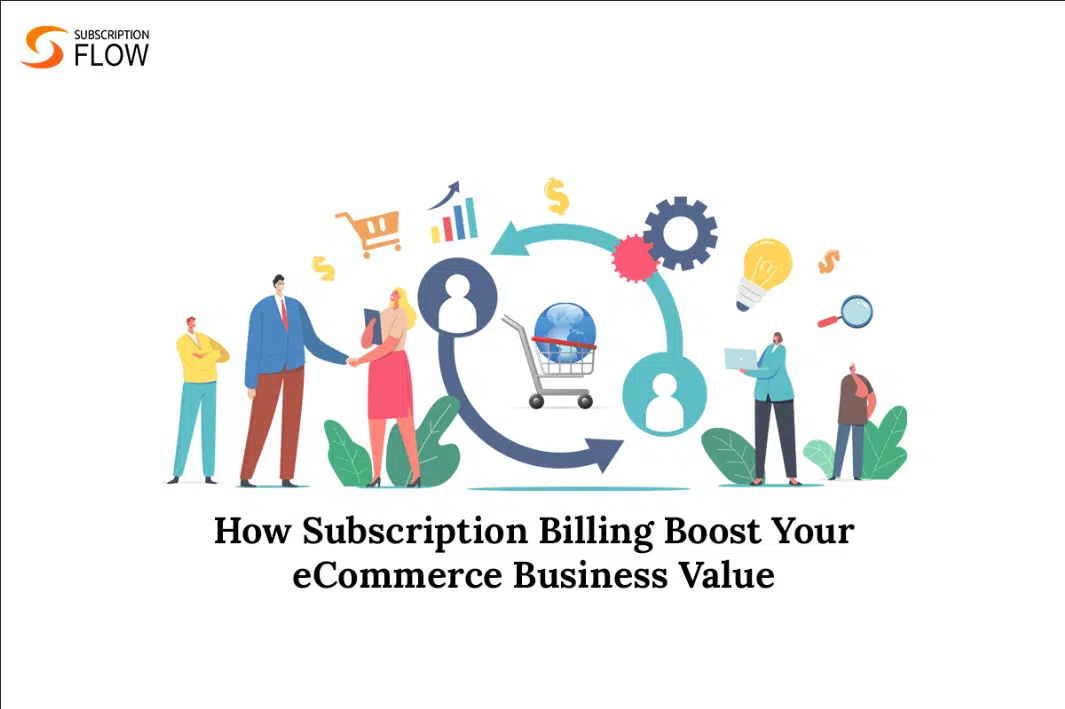
How Does eCommerce Businesses Add Subscriptions In An Existing Business Model
Statista predicts that the eCommerce business market will hit sales of 8 trillion dollars in 2023 which is more than 50% of the sales made in 2021.
That shows the success and growth of the eCommerce business market. But there is still something that can skyrocket this growth of the eCommerce businesses—The subscription billing business model. eStores are already figuring out ways to implement subscriptions in their existing setup.
This pursuit of a subscription business model is not without reason. It saves your energy and resources to:
- Keep looking for new customers
- Keep offering lucrative discounts & deals
- Keep your marketing team hyperactive
- Keep demand generation active
- Keep revenue streams flowing
- Keep customers for a longer period
However, if you implement subscriptions for your eStore, there is a need for eCommerce subscription management software. SubscriptionFlow is already catering to the needs of various eCommerce setups. Here are the different eCommerce business models, and our team has put in the effort to answer this frequently asked question that how to add a subscription to the existing business model.
Also Read: Achieve Seamless BigCommerce Subscriptions Management with SubscriptionFlow
1. DTC– Direct to Consumer
There are many businesses where middlemen are involved. The role of the middlemen can be beyond finding a new customer base, and that is the very reason many businesses greatly rely on these middlemen. However, today, there is a shift in the B2B eCommerce trends where sellers are striving to get rid of the layer in the hierarchy of their businesses that involve the middlemen. They do not want to depend on the capabilities of these middlemen rather eCommerce setups are shifting to a D2C or direct-to-customer model. Moreover, digitalism has facilitated this shift for it offers electronic platforms where customers and manufacturers can interact with each other. The outreach to the targeted market is facilitated by social media platforms and email marketing.
It is feasible to be not just a manufacturer but a retailer as well and not just retailers but subscription retailers. Many eCommerce businesses offer their customers commodities that their customers need recurrently. Some retailers have already implemented a recurring billing e-commerce system, yet they do not realize it. It is high time to analyse the eCommerce business model to identify the margin of subscriptions.
eCommerce and subscriptions make a lethal combo that can help you secure and stable growth in the market.
2. White Label and Private Label
White label or private label means that retailers get products from the manufacturer and sell them with their own brand name. Amazon is the top cloud-based eCommerce platform that allows white labelling to its sellers. It is legal and facilitates the businesses of eCommerce platforms.
You need to understand that the focus of sellers and retailers is profit and increase in revenue. And for that, they want to establish extensive supply-demand chains. The business models that once used to be simply B2B and B2C now, turned to B2B2C (in some cases even more complex and interwoven).
Now that the focus of eCommerce platforms is profit, subscriptions can boost the online selling and buying of white labelled products. In the case of white labelled products, the retailer is already getting its products from the manufacturer or some other retailer so, he has to be meticulous and calculated while setting the proportion of the profit in the selling price.
However, opting for recurring billing to sell white-labelled products or run a white-labelled platform, subscriptions can multiply profits many folds because you build customer trust, and the customer will recurrently come to you. This creates further room in profit share rates.
Also Read: How will SubscriptionFlow manage your eCommerce Wix Subscriptions?
3. Wholesaling
Wholesaling is another value-based eCommerce business model that if shifted to B2B subscriptions can outperform. Also, the retailer does not need to make significant changes to the existing business model. It is the age where not only sellers but customers are smart. The B2B customer understands where he needs to spend and how much.
However, if wholesalers start offering subscriptions for the commodities that they are offering, then they can sell more. All that they will need is the eCommerce subscription management software integrated with their existing system. And for the integration, SYSTEM FLEXIBILITY is the key.
4. Dropshipping
Dropshipping is another mode of eCommerce that facilitates such sellers that do not have anything in hand to sell and no shop in this material world where they can sell. This eCommerce business model facilitates those people who have a knack for ‘SALES.’
Many digital platforms are offering intercontinental outreach. However, the affordability of people varies from region to region. Subscription billing is the best model that can cater to all people with varying affordabilities.
Subscriptions empower dropshipping retailers to the next level. They don’t need shops or commodities, and they can target customers from even beyond borders. Offering subscriptions is to divide the price in a way that it becomes affordable for almost the whole targeted market.
Dropshipping model deals at the product level, and the subscription business model is about billing and payments. And customer needs facilitation regarding product quality and billing that can be offered by making a combo of these two models.
One step further can help dropshipping retailers sell more. Rather than selling one individual item on subscriptions they identify a line of items that a certain customer base needs. For instance, if someone buys dog food, then the same customer would be interested in treats and toys for dogs. This line of products can be offered to the end customer in a box—subscription box business model. It is a way to increase the flow of revenue. So, Dropship inside the box!
Also Read: A Beginner’s Guide to Start A Valued Subscription Box Service
5. Subscription Box Services
Mentioned above are the eCommerce business models. And subscription itself is an eCommerce business model. For instance, many eCommerce businesses started at the time of the pandemic spread. Some just offered a subscription box, and today, they are established businesses. So, if you want to enter the eCommerce business market which is already filled with competitors, you can consider the subscription box business model.
You see, subscriptions can be as simple as ABC, on the flip side, as difficult as nailing jelly to the tree. It depends on your business as well. If there are involved many middlemen in your eCommerce business, then the complexity is inevitable. However, a well-integrated eCommerce subscription management software is the solution to all business-related worries.
SubscriptionFlow is the platform that allows eCommerce retailers to keep running their businesses without any hiccups, and manage subscriptions by integrating the flexible subscription management and payment processing platform. Our platform is available for every eCommerce retailer from striving entrepreneurs to established SMBs. Contact us now!
Also Read: Curate Your Subscription Box—Types, Niches, & Procurement Ideas






